Best Hiking Shoes 2025: Top Picks for Every Trail
Published: 18 Apr 2025
Hiking is an adventurous activity that requires the right gear, and choosing the best shoes is crucial for comfort, safety, and performance. The right hiking shoes provide support, durability, and traction, helping hikers navigate rough terrains with ease. In 2025, the market is flooded with advanced hiking shoes designed with innovative materials, improved cushioning, and superior grip to enhance the hiking experience.
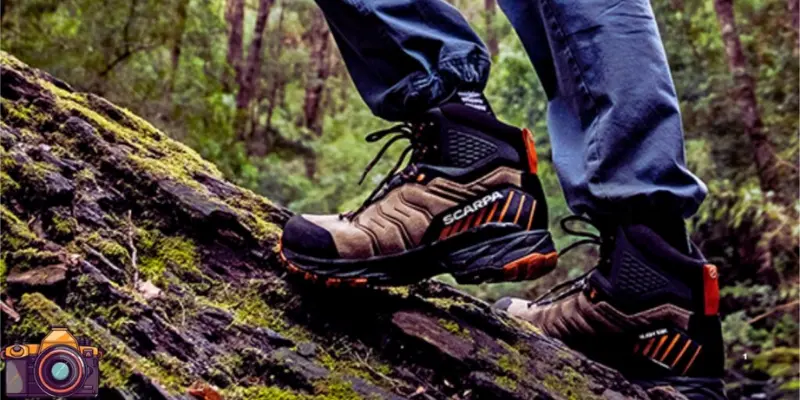
Hiking is one of the best ways to explore nature, stay fit, and enjoy outdoor adventures. However, the key to a great hiking experience lies in choosing the right shoes. Wearing the wrong shoes can lead to discomfort, blisters, and even injuries. In this guide, we will explore the best shoes for hiking in 2025, considering durability, comfort, grip, and support. No matter if you’re new to hiking or a seasoned pro, this guide will help you choose the ideal pair for your upcoming journey.
1. Why Choosing the Right Hiking Shoes Matters
Selecting the right hiking shoes is essential to prevent blisters, foot fatigue, and injuries. Proper footwear ensures stability on uneven trails and provides adequate protection against harsh weather conditions. Investing in high-quality hiking shoes can make your outdoor adventures more enjoyable and less stressful, allowing you to focus on the journey rather than discomfort.
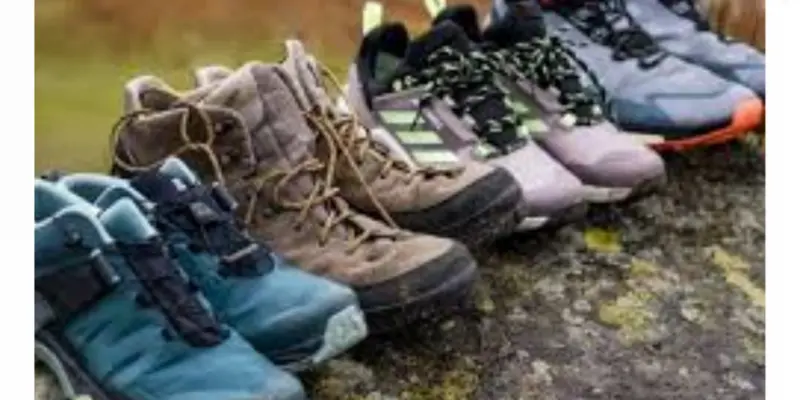
Additional Tips for Choosing the Right Hiking Shoes
- Try shoes on in the afternoon when your feet are slightly swollen to get the best fit.
- Walk around the store with hiking socks to test comfort.
- Consider the type of terrain you will be hiking on before making a purchase.
- Always break in new shoes before a long hike to avoid discomfort.
- Test the flexibility of the sole to ensure it suits your hiking needs.
- Check customer reviews and expert ratings before buying.
- Look for shoes with replaceable insoles for added comfort.
- Use waterproofing sprays to enhance water resistance.
- Carry an extra pair of laces in case of unexpected wear and tear.
2. Types of Hiking Shoes
Hiking footwear comes in several types, each designed for specific trails and conditions. Hiking boots are built for rough terrain and long treks, offering ankle support, durability, and water resistance—perfect for carrying heavy backpacks, like when Mark chose the Scarpa Zodiac Plus GTX for his Himalayan expedition. Hiking shoes are lighter and more flexible, ideal for day hikes or moderate trails where full ankle support isn’t necessary. Trail runners combine the feel of running shoes with hiking functionality, offering lightweight comfort and traction for fast-paced hikes, though they’re less durable than boots. Mountaineering boots are made for extreme conditions like snow and rocky slopes, with insulation, waterproofing, and compatibility with crampons for ice climbing. Lastly, approach shoes blend hiking and climbing shoe features, offering excellent grip and a snug fit for technical trails that involve scrambling. Choosing the right type depends on the terrain, weather, and how much support or speed you need.
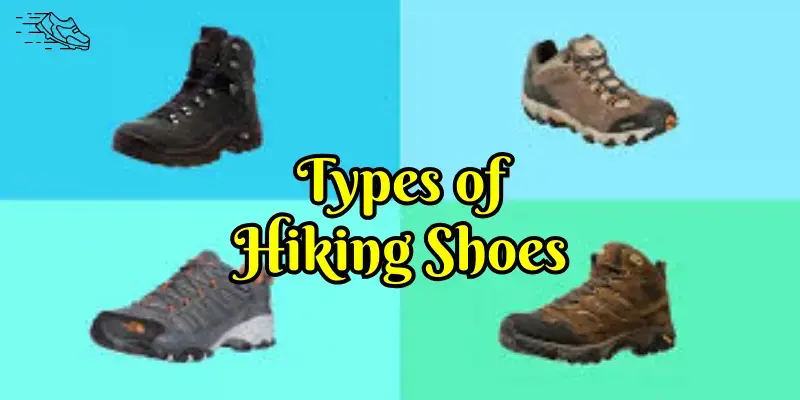
1. Hiking Boots
Hiking boots are designed for rugged terrains and long trails. They offer ankle support, excellent grip, and durability, making them ideal for backpacking trips and rough trails. These boots are usually made of leather or synthetic materials that provide water resistance and breathability. They are perfect for carrying heavy backpacks over long distances.
Example: Mark, a seasoned hiker, planned a trek in the Himalayas. He chose Scarpa Zodiac Plus GTX for its sturdy design and waterproof feature, ensuring his feet stayed dry and protected throughout the journey.
2. Hiking Shoes
Hiking shoes are lightweight and provide better flexibility than boots. They are perfect for day hikes and moderate trails where ankle support is not a primary concern. These shoes offer a balance between comfort and durability, making them a great option for casual hikers. They are also great for hikers who prefer agility over stability.
3. Trail Runners
Trail runners are a hybrid between running shoes and hiking shoes, offering lightweight performance with good traction. They are ideal for fast-paced hiking and trail running. While they lack the durability and support of hiking boots, they are great for short hikes and well-maintained trails. Trail runners are especially popular among ultralight backpackers.
4. Mountaineering Boots
Mountaineering boots are built for extreme conditions, including snow, ice, and rocky terrain. They provide maximum insulation, waterproofing, and ankle support, making them suitable for high-altitude trekking and climbing. These boots are often compatible with crampons for ice climbing.
5. Approach Shoes
Approach shoes are designed for climbers and hikers who need extra grip on rocky surfaces. They combine the features of hiking shoes and climbing shoes, providing excellent traction and a snug fit. They are ideal for technical hikes where scrambling is involved.
3. Features to Look for in the Best Hiking Shoes
When buying hiking shoes, consider the following features:
- Traction: Look for deep lugs and high-quality rubber soles for a firm grip.
- Waterproofing: Choose waterproof or water-resistant materials to keep feet dry.
- Comfort & Fit: Ensure the shoes fit well with enough room for toe movement.
- Weight: Lightweight shoes reduce fatigue and improve mobility.
- Breathability: Proper ventilation prevents sweat buildup and blisters.
- Durability: Premium materials provide reliable, long-term use.
- Arch Support: Essential for comfort on long hikes.
- Toe Protection: Reinforced toe caps help prevent injuries on rocky terrain.
Pro Tip:
For added comfort, use gel insoles or orthopedic inserts if you have specific foot conditions like flat feet or high arches.
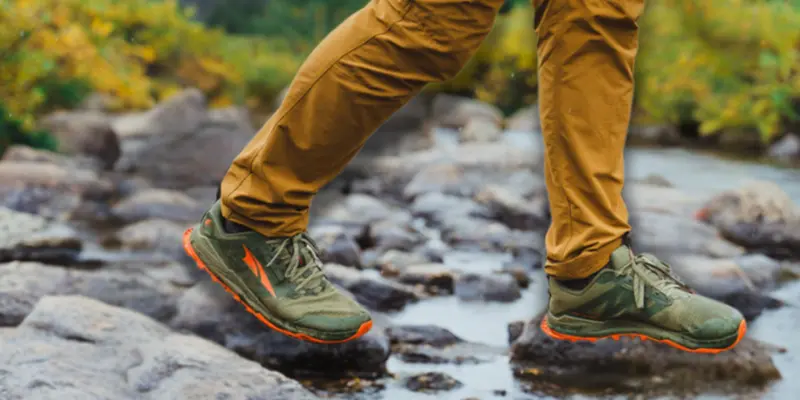
4. Best Hiking Shoes in 2025
Here are some of the best hiking shoes available in 2025:
1. Salomon X Ultra 4 GTX
- Features: Lightweight, waterproof, excellent traction.
- Best For: Day hikes and moderate trails.
- Why It’s Great: Provides excellent grip even on wet and slippery surfaces.
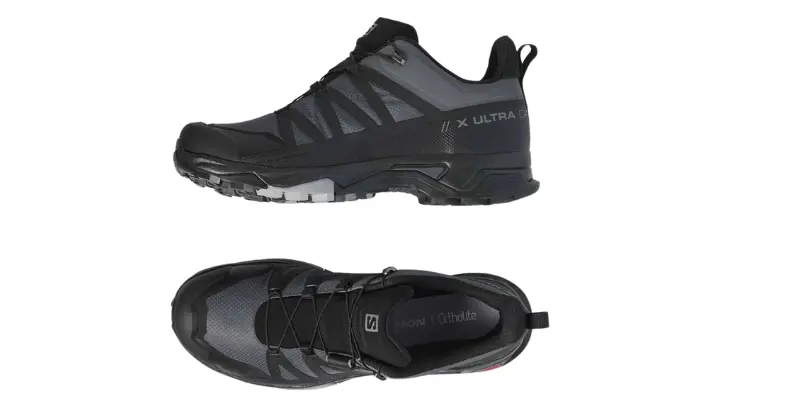
2. Altra Lone Peak 7:
- Features: Wide toe box, cushioned midsole, lightweight.
- Best For: Trail running and light hiking.
- Why It’s Great: Ideal for those who need extra room for toe movement.
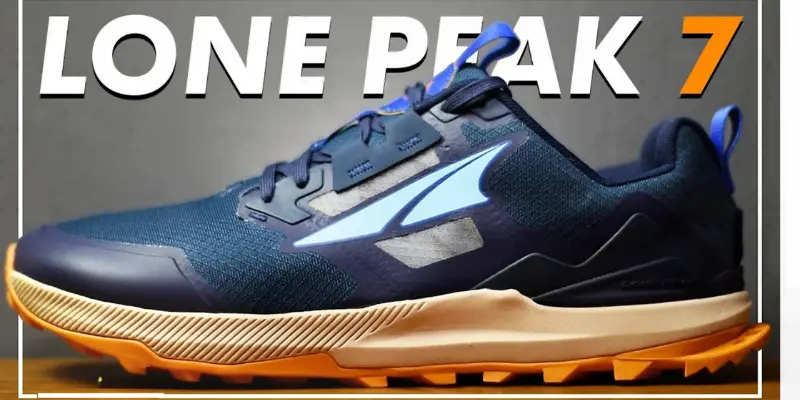
3. Merrell Moab 3 Mid Waterproof:
- Features: Comfortable, durable, and breathable.
- Best For: Long hikes and rough terrains.
- Why It’s Great: Affordable and widely trusted by hikers worldwide.
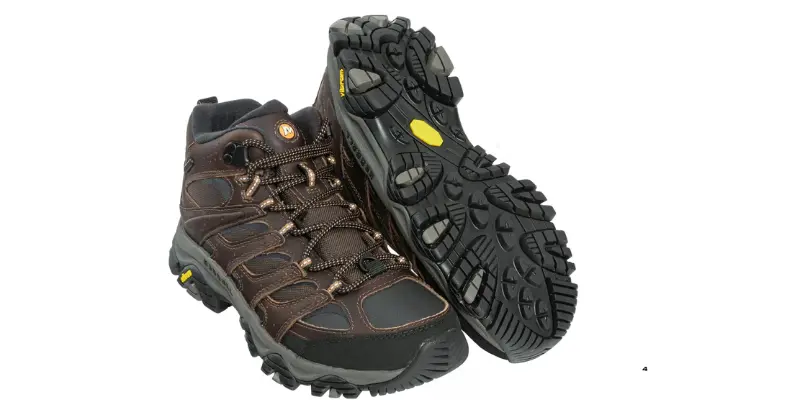
4. La Sportiva TX4:
- Features: Strong grip, protective toe cap, lightweight.
- Best For: Rocky trails and approach hiking.
- Why It’s Great: Offers great support and flexibility for scrambling.
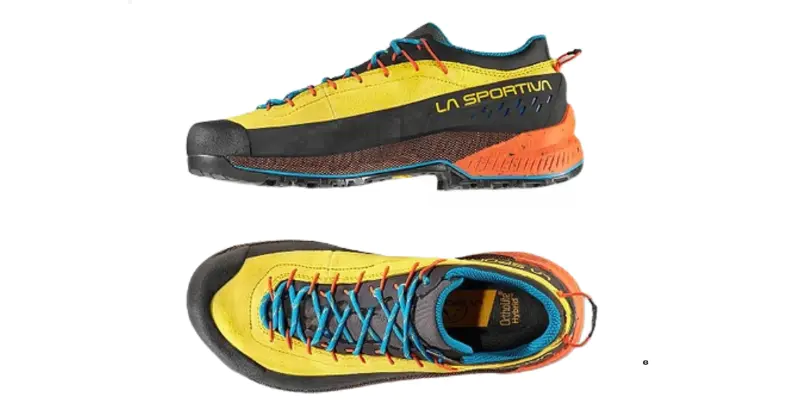
5. Scarpa Zodiac Plus GTX:
- Features: Sturdy design, waterproof, great ankle support.
- Best For: Backpacking and mountain hiking.
- Why It’s Great: Perfect for heavy loads and challenging terrains.
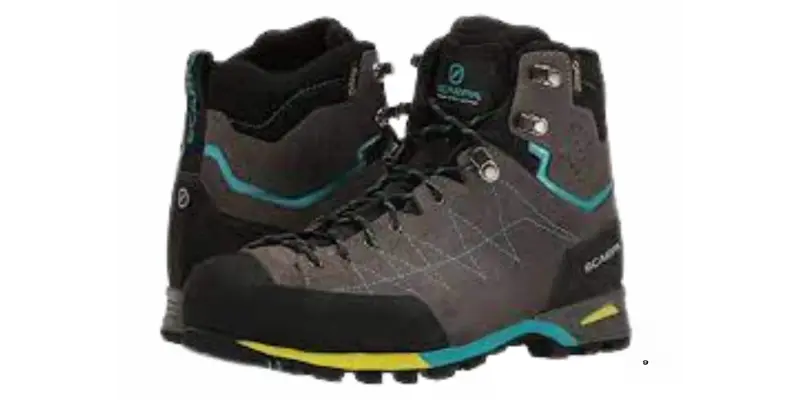
5. Latest Trends in Hiking Shoes (2025)
- Sustainable Materials: Many brands are focusing on eco-friendly materials like recycled polyester and plant-based dyes.
- Smart Technology: Some new models include smart sensors to track steps, terrain, and foot pressure.
- Enhanced Waterproofing: Advances in breathable waterproof membranes improve comfort without trapping heat.
- Lightweight Innovations: New foam and carbon-fiber materials reduce weight while maintaining durability.
6. Real-Life Example: Choosing the Right Hiking Shoes
Sarah, an avid hiker, recently planned a multi-day trek in the Rocky Mountains. She initially wore regular sneakers but suffered from foot pain and blisters. After switching to the Salomon X Ultra 4 GTX, she noticed improved comfort, better grip, and no foot fatigue. This real-life experience highlights the importance of selecting the right hiking shoes.
7. Final Thoughts
Choosing the best hiking shoes in 2025 depends on your hiking style, terrain, and personal preference. Whether you need lightweight trail runners, durable hiking boots, or waterproof shoes, investing in the right footwear can enhance your hiking experience. Make sure to prioritize comfort, traction, and durability when selecting your next pair of hiking shoes.
Ready to upgrade your hiking experience? Check out the latest hiking shoes and choose the perfect pair for your next adventure!
FAQs:
Hiking boots provide more ankle support, while hiking shoes are lightweight and flexible.
Typically, every 500-800 miles, depending on usage and terrain.
Running shoes lack the necessary grip and support for rough terrains.
Wear them around the house, go on short walks, and gradually increase distance.
Wool or synthetic hiking socks help prevent blisters and keep feet dry.
If you have foot issues like flat feet or high arches, custom insoles can help.
Yes, they provide comfort and support for daily walking.

- Be Respectful
- Stay Relevant
- Stay Positive
- True Feedback
- Encourage Discussion
- Avoid Spamming
- No Fake News
- Don't Copy-Paste
- No Personal Attacks



- Be Respectful
- Stay Relevant
- Stay Positive
- True Feedback
- Encourage Discussion
- Avoid Spamming
- No Fake News
- Don't Copy-Paste
- No Personal Attacks





